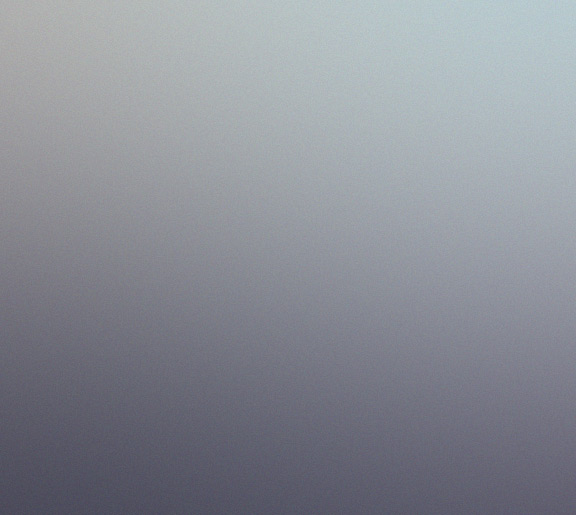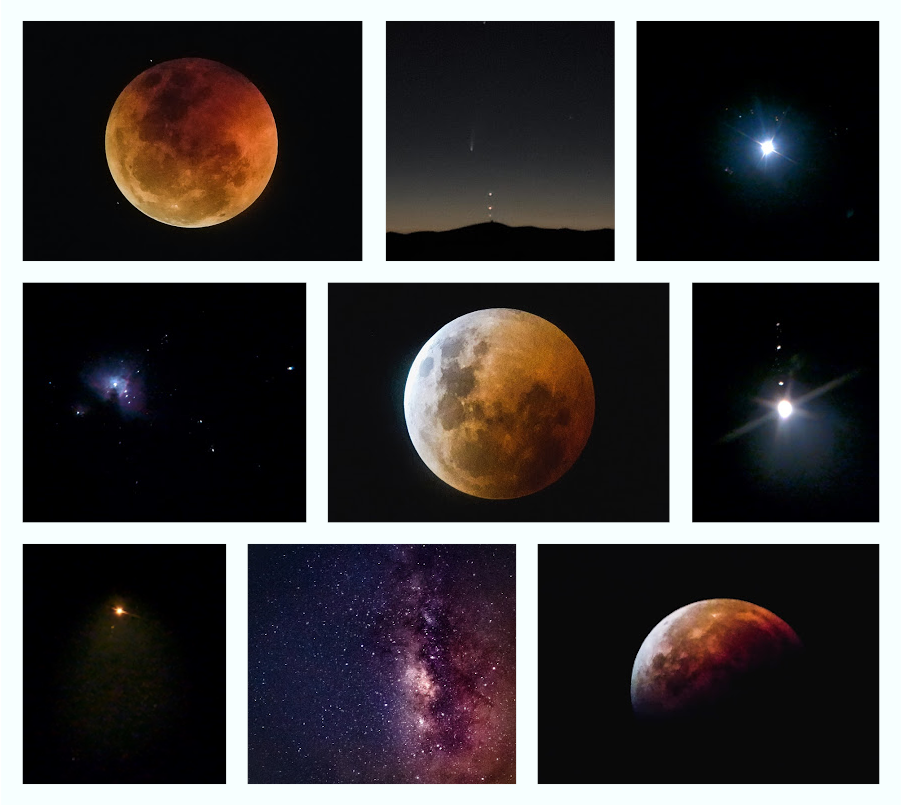Put your space pants on and take a look at some of the interesting projects we have been working on.

N-Body Simulation
In physics and astronomy, an N-body simulation is a simulation of a dynamical system of particles, usually under the influence of physical forces, such as gravity.
The objectives of the simulation are:
To model the formation of solar system
To study the interaction of galaxies
To get better understanding of celestial bodies
To proceed with the simulation, there are some essentials that needs to be understood.
Newton’s Problem
He tried to use analytical geometry to predict the planet’s motion from its orbital properties and failed.
F= Gm1m2/R2
But, for n bodies, there are n^2 interactions to calculate, which make it computationally intensive.
We can use Barnes Hut algorithm overcome this computational hindrance.
The use of Barnes Hut Algorithm proceeds with the following steps:
- Organise all bodies into quad tree (for 2D), ordered by their distance from each other.
- Each body is the leaf on the end of the tree, and saves its mass, plus its orbital parameters, and save the combined mass of the attached bodies for each node.
- For far away bodies, do not calculate every body’s mass and gravitational interaction individually. Instead, with increasing distance retreat further and further up the tree and use the mass information in the upper nodes.
- This reduces the complexity from O(n^2) to O(n log n), which reduces the computation time exponentially!
We use Python3.6 for handling the formation of Barnes Hut Algorithm computing the forces of attraction. Tqdm for the status bar. Matplotlib for plotting all the points from the simulation onto the cartesian plane. FFmpeg is used for rendering the graphs from matplotlib into a video.
We at STELLARIA, are focusing to expand our work in this field in:
- Converting 2D to 3D
- Making it more user friendly
- Reduce rendering time
- Adding support for windows

Radio Telescope
Another project at Stellaria is the Radio Telescope.
The first question that most of us would have is What is a Radio Telescope?
A radio telescope is a specialised antenna and a radio receiver to detect radio waves from astronomical radio sources in the sky.Over the years radio telescopes have not only helped scientists but have kindled an interest in the student body.
The project which is in progress at Stellaria has the following objectives:
- To detect the pulsar B0329+54, which is approximately 3460 light years away from earth and has a period of 0.71452 seconds.
- To map the Milky Way galaxy using the 21 cm hydrogen line and hence plot the rotation curve.
- To pull data from satellites orbiting the earth and process the data to get images and also weather data from them. The antenna which will be used is the 3D Corner Reflector Antenna.

Astrophotography
Ever been out at night and taken some photographs of the night sky? Or have you browsed online for images of the night sky taken by the Hubble Telescope? If you answer is ‘yes’ to either of these questions, you've already been exposed to the world of Astrophotography.
Astrophotography is simply taking a photograph of an object in space, whether it's with a point-and-shoot camera (DSLR’s, Phone Camera, etc…), The Hubble Space Telescope or any other type of camera. And the subject matter includes anything from the moon to the Milky Way.
The photographers mount and hook up recording instruments to different telescopes of varying magnification levels in order to improve imaging power.Guide scopes help align your camera for long exposures as the Earth rotates. Timed remotes take the pressure off precisely timed long, multiple exposures. Telephoto lenses increase the size of the photographed object in the frame. And that's just a few of the pieces of equipment that can help to improve the quality of Astro photographs.
Equipment alone might not solve every challenge associated with astrophotography. For example, you must avoid interference from the turbulent atmosphere, airborne dust particles and moisture, light pollution.
For extremely faint objects, the added goal is to get enough duplicates of that image in order to layer them together later. This process is known commonly as ‘Stacking’We here in SASTRA, have made some observations of the night sky. Our interests include surface of the moon, Milky Way, Lunar eclipse, Sirius, Betelgeuse, Jupiter and its moon, Venus and Orion Nebula.

NOAA Observation Station
How cool is it to receive images directly from the weather satellites that fly above us in the enormous sky?
This has fascinated a lot of people across the globe. All of us got very inquisitive too. This lead to the project we call NOAA Obsevation Station.
So NOAA stands for National Oceanic and Atmospheric Administration. It is an American scientific agency that warns us about all the dangerous weather conditions and prevents loss of human life.
For this project which is under progress at Stellaria, we have an objective to build an antenna and receive signals, analyse the data and publish the images on a website such that it is accesible to everyone.
Address
SASTRA Deemed to be UniversityThirumalaisamudram, Thanjavur, 613401
India, Earth, The Milky Way, Universe 616
